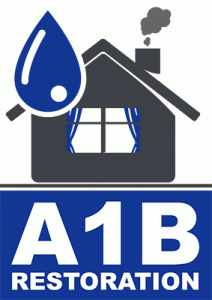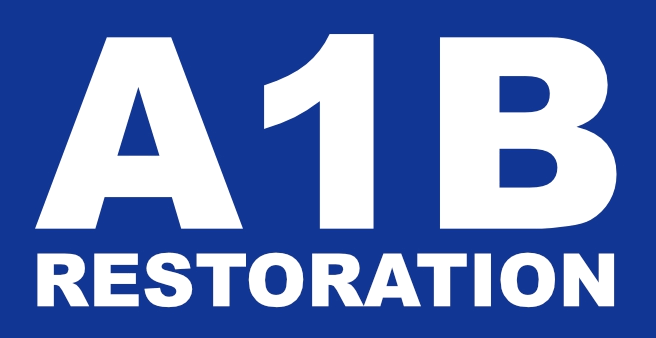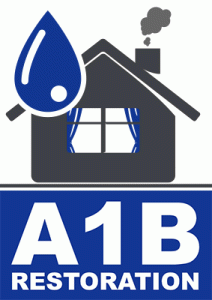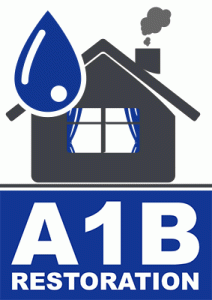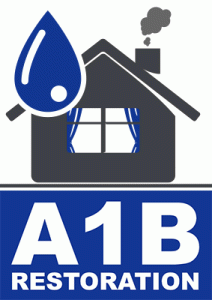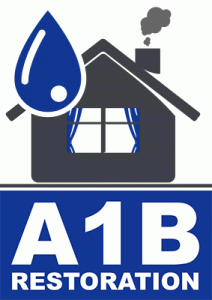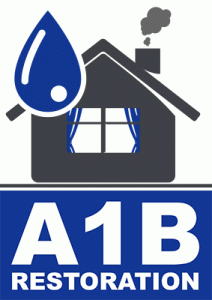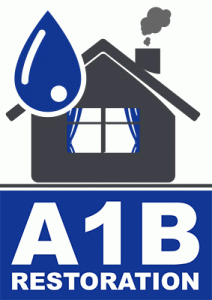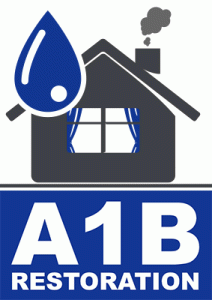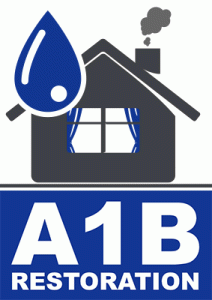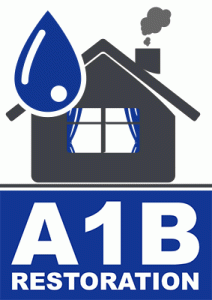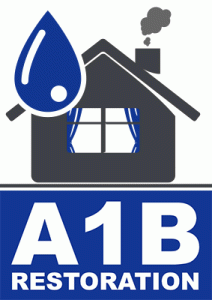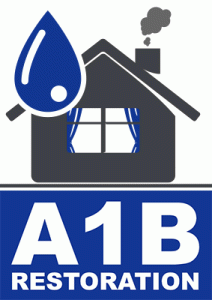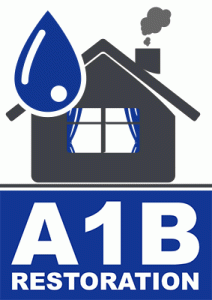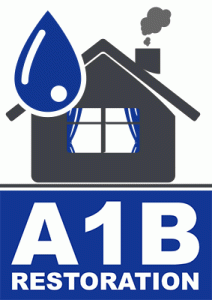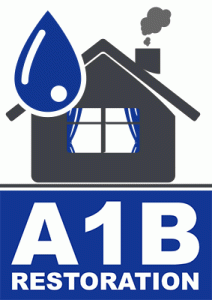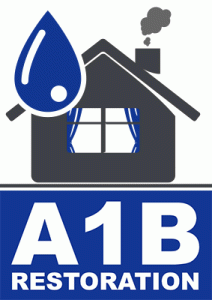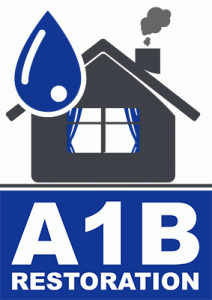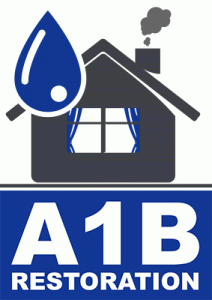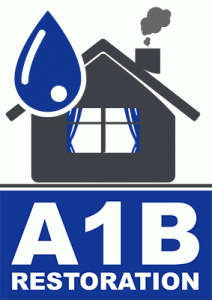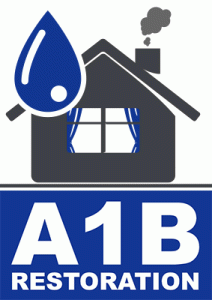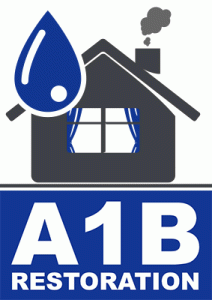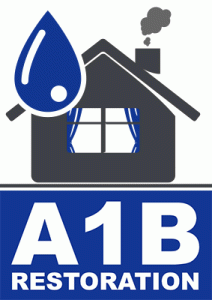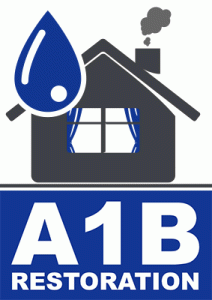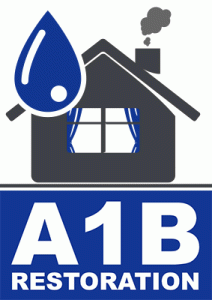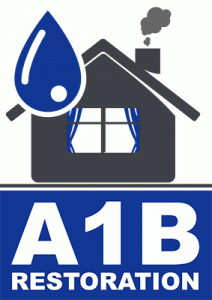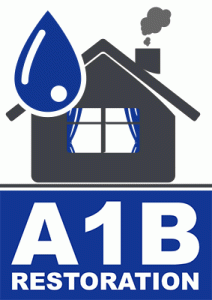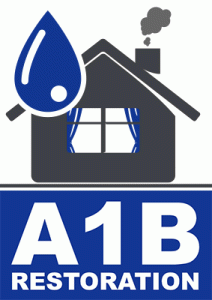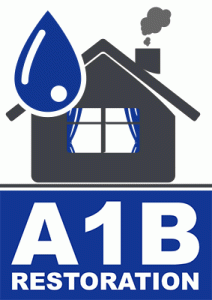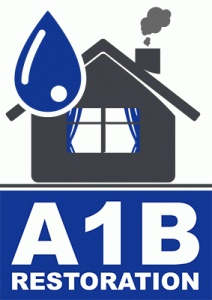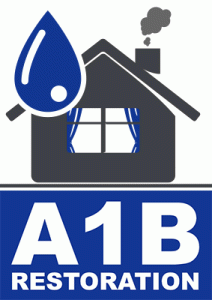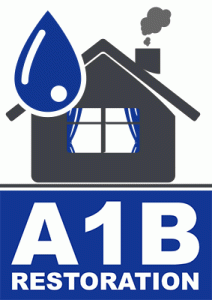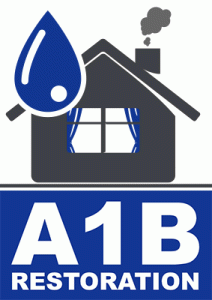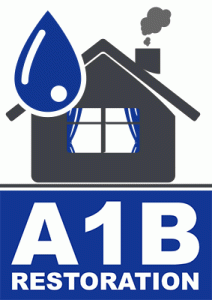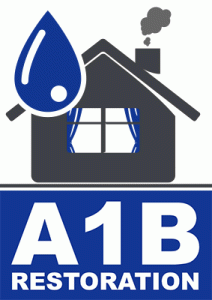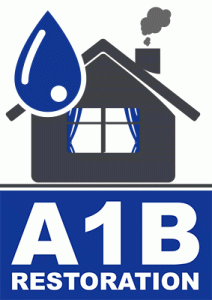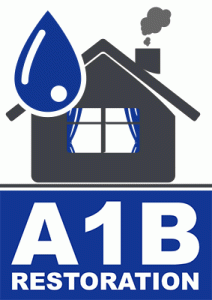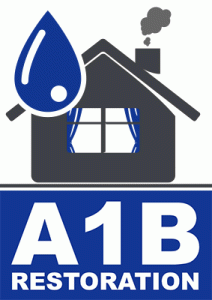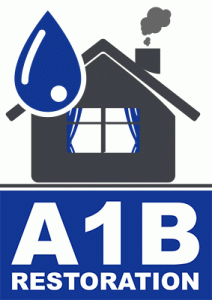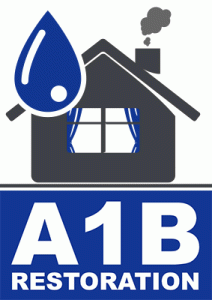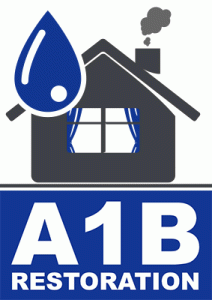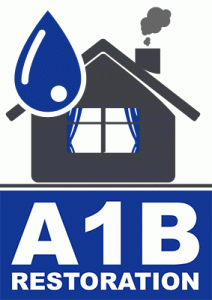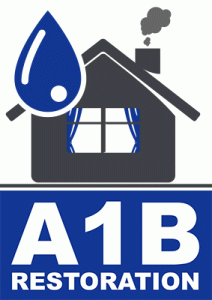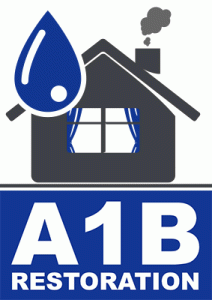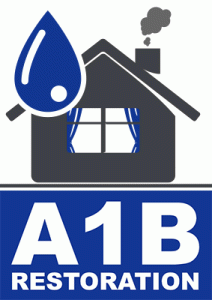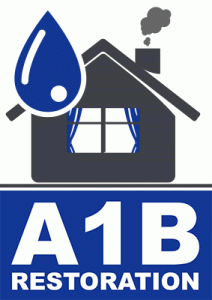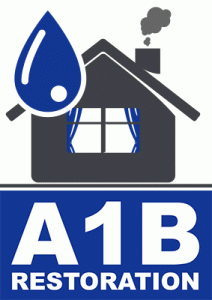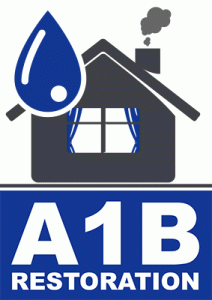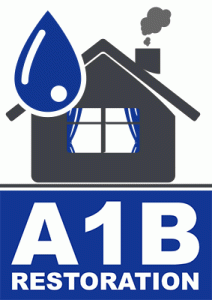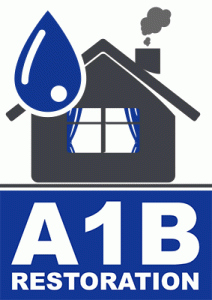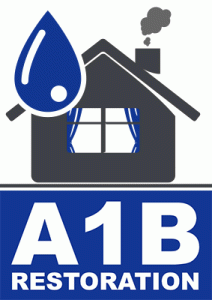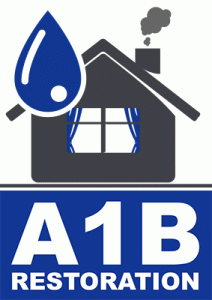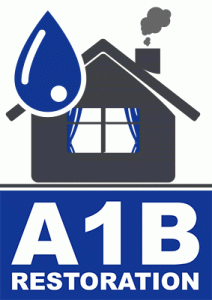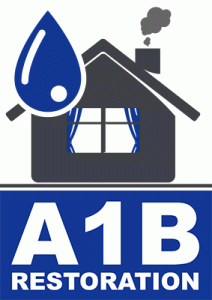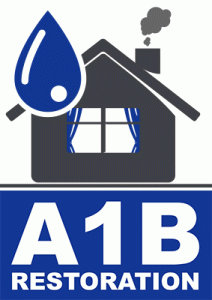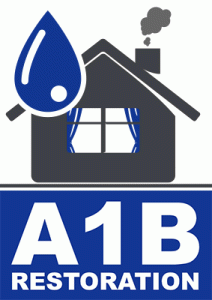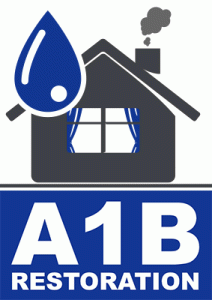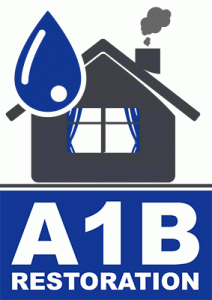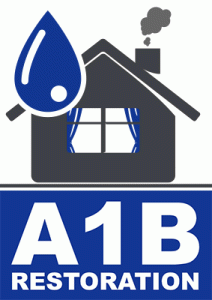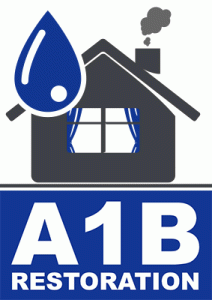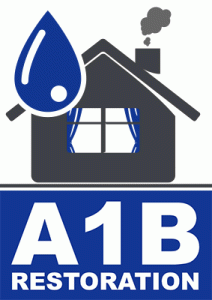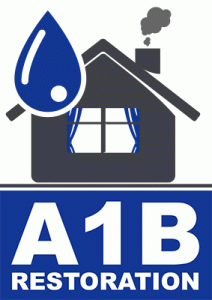Understanding the Different Types of Water Damage
Water damage is a common issue faced by homeowners and businesses alike. It can result from various sources, each causing different levels of damage. Understanding the different types of water damage is crucial for effectively addressing and preventing future issues. In this comprehensive guide, we will explore the various types of water damage, their causes, and provide actionable tips for prevention and management.
What is Water Damage?
Water damage refers to the destruction caused by water intruding into a space, leading to the deterioration of materials and structures. It can occur suddenly, such as during a flood, or gradually, like a slow leak. According to the Insurance Information Institute, water damage accounts for 29% of all home insurance claims, highlighting its prevalence and impact. The severity of water damage can range from mild to severe, depending on the source and duration of exposure.
Categories of Water Damage
Water damage is often categorized into three main types based on the source and level of contamination. Understanding these categories can help in determining the appropriate response and cleanup measures.
Category 1: Clean Water Damage
Clean water damage is caused by water from a sanitary source, such as broken pipes, overflowing sinks, or leaking appliances. This type of water is not harmful to humans or animals. However, if not addressed promptly, clean water can quickly degrade into a more severe form of water damage.
For instance, a burst pipe in the kitchen might result in category 1 water damage. To prevent further issues, it’s essential to address the leak immediately and dry the area thoroughly.
Category 2: Grey Water Damage
Grey water damage involves water that is slightly contaminated and may contain chemicals, bacteria, or other harmful substances. Common sources include washing machine overflows, dishwasher leaks, and toilet water with urine. Grey water can cause illness if ingested, so it requires careful handling during cleanup.
For example, if a washing machine hose bursts, it could lead to category 2 water damage. In such cases, it’s important to wear protective gear when cleaning up and to disinfect the affected area.
Category 3: Black Water Damage
Black water damage is the most severe and hazardous type, often resulting from sewage backups, flooding from rivers or streams, or water from the ocean. This water is highly contaminated and can pose serious health risks. It requires professional cleanup and restoration due to the potential presence of pathogens and toxic substances.
A flooded basement due to a sewage backup is an example of category 3 water damage. In such scenarios, hiring a professional restoration service is crucial to ensure proper sanitation and safety.
Common Causes of Water Damage
Understanding the common causes of water damage can help in taking preventive measures to protect your property. Here are some of the most frequent sources:
1. Plumbing Issues
Leaking or burst pipes are a leading cause of water damage. Issues like faulty plumbing systems, corrosion, and high water pressure can lead to pipe failure. Regular maintenance and inspections can help identify potential problems before they escalate.
2. Weather-Related Incidents
Severe weather events such as storms, hurricanes, and heavy rainfall can lead to flooding and water damage. According to the National Weather Service, floods cause an average of $8 billion in damages annually in the U.S. alone. Installing proper drainage systems and maintaining your roof and gutters can mitigate this risk.
3. Appliance Malfunctions
Household appliances like water heaters, dishwashers, and washing machines can malfunction and cause leaks. Regular inspections and timely repairs or replacements of these appliances are essential for preventing water damage.
4. HVAC System Issues
Heating, ventilation, and air conditioning (HVAC) systems can also be a source of water damage. Clogged condensate drains or malfunctioning components can lead to water leaks. Regular maintenance and cleaning of HVAC systems can help prevent such issues.
Preventing Water Damage
Prevention is always better than cure. Here are some actionable tips to help you prevent water damage in your home or business:
1. Regular Maintenance
Conduct regular inspections of your plumbing, appliances, and HVAC systems. Look for signs of wear and tear, leaks, or corrosion. Address any issues promptly to prevent potential water damage.
2. Install Water Detection Devices
Water detection devices can alert you to leaks or moisture buildup in areas prone to water damage. These devices are especially useful in basements, near water heaters, and around appliances.
3. Seal and Insulate
Ensure that your home is properly sealed and insulated, especially in areas vulnerable to water intrusion, such as basements and attics. This can help prevent water from entering and causing damage.
4. Proper Drainage
Ensure that your property has adequate drainage systems. Clean gutters and downspouts regularly to prevent blockages. Consider installing French drains or sump pumps in areas prone to flooding.
Conclusion
Understanding the different types of water damage and their causes is essential for protecting your property and ensuring the safety of its occupants. By recognizing the signs of water damage early and taking preventive measures, you can minimize the risk and impact of water-related incidents. Remember, when dealing with water damage, prompt action is crucial to prevent further issues and costly repairs. Stay informed and proactive to safeguard your home or business from the devastating effects of water damage.

Preston Hollow Dallas TX home water damage restoration

North Richland Hills TX emergency water damage cleanup

Lake Highlands Dallas Texas disaster restoration companies

best water damage restoration near me Sachse Texas

Denton Texas water damage restoration service near me

Lakewood Dallas Texas water damage restoration service near me

best water damage restoration near me Coppell Texas
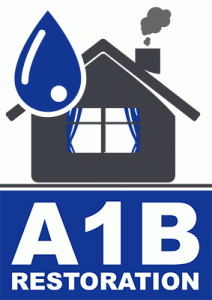
Denton TX water damage restoration companies near me

residential water damage restoration Carrollton Texas
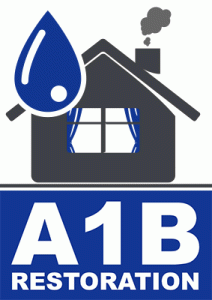
Mesquite Texas restoration water damage companies
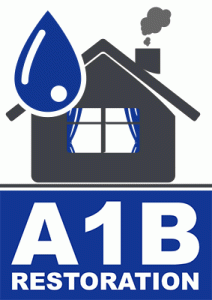
Preston Hollow Dallas TX emergency water damage cleanup
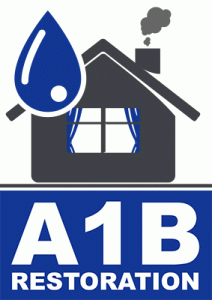
best water damage restoration near me Cedar Hill Texas

Cedar Hill TX water damage restoration companies
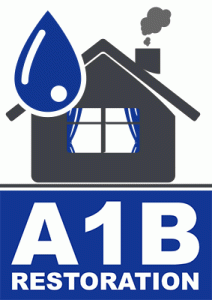
Cedar Hill Texas water damage restoration service near me
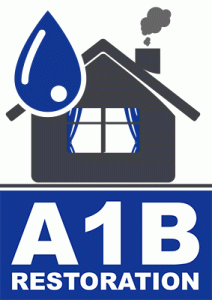
Bedford Texas water damage restoration service near me
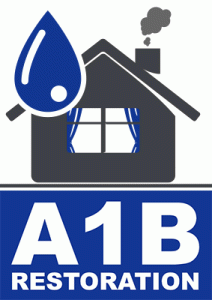
Preston Hollow Dallas Texas water damage companies

Keller Texas water damage restoration service near me
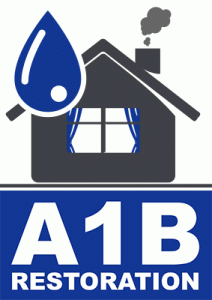
Cedar Hill Texas restoration water damage companies

Mesquite Texas restoration water damage companies
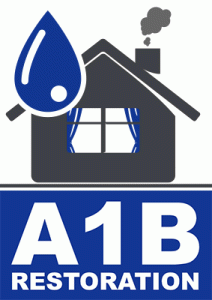
Highland Park Texas water damage restoration near me
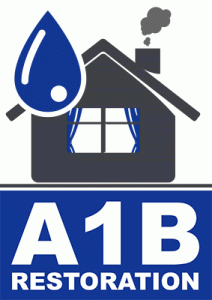
Plano Texas water damage restoration service near me
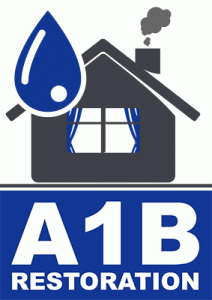
Lakewood Dallas Texas water restoration companies

Lake Highlands Dallas Texas water cleanup service near me
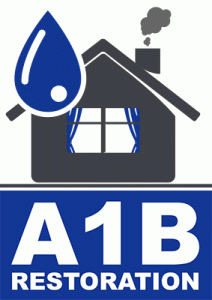
Arlington Texas water damage restoration service near me
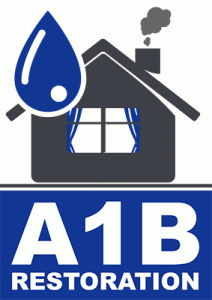
North Richland Hills Texas water damage restoration near me

Lewisville Texas water damage restoration near me

Colleyville TX water damage restoration companies

Haltom City TX water damage restoration companies near me
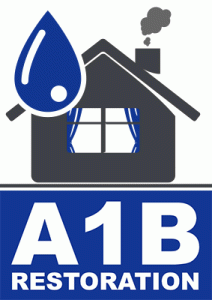
Murphy TX water damage restoration companies near me
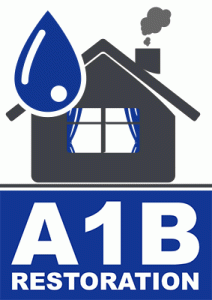
Haltom City TX water damage restoration companies
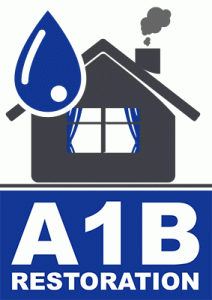
Grapevine TX water damage restoration companies near me
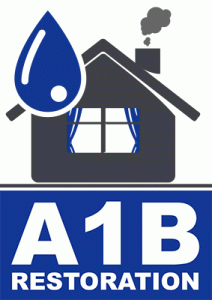
North Richland Hills TX water restoration services

water mitigation company near me Preston Hollow Dallas Texas

water remediation company near me Duncanville Texas

restoration services water damage Arlington Texas
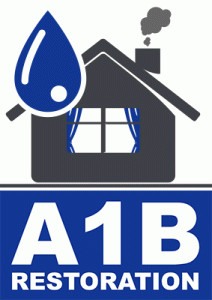
water remediation company near me Haltom City Texas
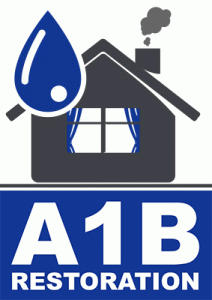
restoration of water damage Lakewood Dallas Texas
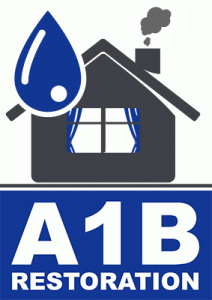
water removal services near me Lakewood Dallas Texas

best water damage restoration near me Colleyville Texas
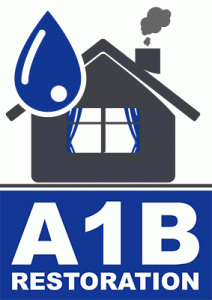
emergency water damage restoration Grand Prairie Texas
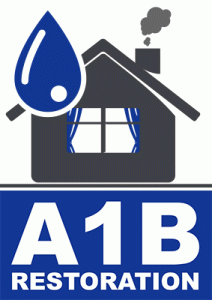
water damage clean up near me North Richland Hills Texas

restoration services water damage Lake Highlands Dallas Texas

water damage restoration cost Lake Highlands Dallas Texas
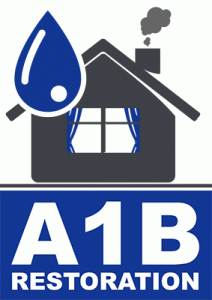
water damage company near me Preston Hollow Dallas Texas
